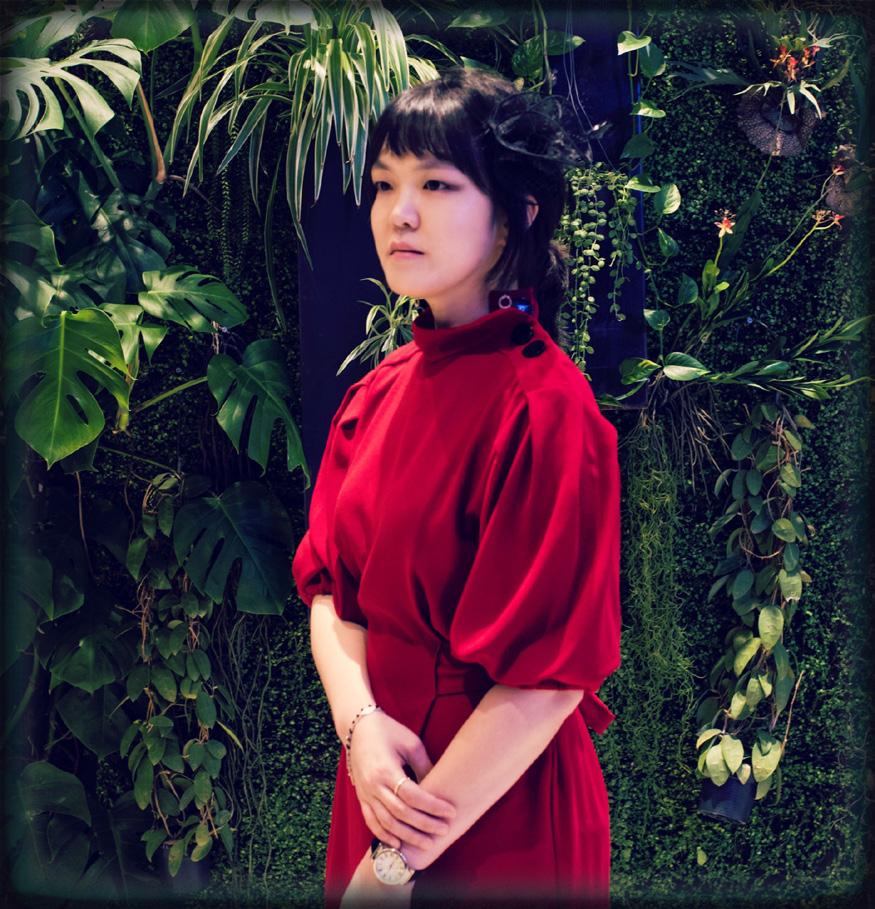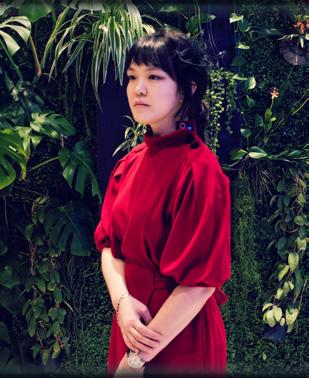

Suite,op.34 (1877) Charles-Marie Widor (1844–1937)
Widor was a French composer, professor, and organist of the late romantic and early twentieth- century periods. Though he composed in a number of different genres, he is best known for his ten organ symphonies. Widor studied both composition and organ in Brussels, where he learned the traditional German teaching of Bach’s music. These interpretations remained present in both performance and compositional style throughout his career. Widor was named professor of organ at the Paris Conservatoire in 1890 and assumed the professor of composition role in 1896. He was quite involved in education, as he later became secretary for the Académie des Beaux-Arts and founded a project for French artists to study Spanish culture. During World War I, Widor also helped collect donations for artists struggling as a result of the war.
Suite, op. 34 was dedicated to Paul Taffanel, another professor at the Paris Conservatoire, who helped establish the French style of flute-playing. Light and shimmery vibrato is particularly indicative of this style. Widor’s suite demonstrates Bach’s influence on his style, with the use of close contrapuntal relationships between the piano and flute. Additionally, a theme is presented in each movement and then expanded and varied upon throughout the piece. Tuneful melodies and highly expressive phrases merge with virtuosic, technical displays in the flute. This technique is characteristic of the French style of music also heard in the compositions of Saint- Saëns and Fauré. Widor’s Suite has become a staple within the flute repertoire.
André Jolivetwas a French composer of the twentieth century. Despite his parents’ wish for him to become a teacher, Jolivet was a gifted musician who began composing as early as thirteen- years-old. He took music lessons rooted in fifteenth- and sixteenth-century counterpoint, but he never received formal conservatory training. Jolivet’s early encounters with atonal music by Schoenberg and Varèse heavily influenced his compositional style. Varèse’s Amériques particularly impacted him, and Jolivet later became Varèse’s only European student. Starting around 1930, Jolivet’s music became highly experimental with the use of sound masses, octatonic scales, repeated phrases, syncopated rhythms, and other dissonant effects. In 1936, he joined a group of French avant-garde composers called “Lajeune France,” named after their first performance together in June. Mentored by Oliver Messiaen, this group experimented with conveying spiritual ideas through music until their activities decreased during World War II.
Jolivet altered his style during wartime. He gave more importance to lyrical expression and focused less on atonality in order to develop a more relaxed sound to his music. Chant de Linos was composed near the end of the war and exemplifies Jolivet’s later style of balancing accessibility with experimentation. He incorporates dissonances to a lesser degree, and his music has more clearly defined tonal centers.
Chant de Linos also demonstrates elements of primitivism, with highly percussive sections and simple repeated rhythms. Jolivet found the flute to be one of the best instruments to characterize a primitive sound. Jolivet also experiments with independence between the flute and piano lines, but resolutions of phrases occur together. The piece challenges performers with virtuosic and technical passages, featuring rapid runs and flutter tonguing in the flute. Chant de Linos translates to“Song of Linus.”In Greek mythology, Linus was the son of a muse who represented lamentation. To characterize this, extreme dynamics and passionate phrases are used through the entirety of the piece.
Mountain & Mesa (2009) Katherine Hoover (1937–2018)
Hoover was an American composer and flutist. She was a famous performer and received many commissions and residencies throughout her career. Hoover was also a professor at the Manhattan School of Music and the Julliard Preparatory School. During her musical studies, Hoover was often ignored by her composition professors because she was a woman. Because of this, she learned most of her compositional techniques while teaching music theory. Hoover developed her own unique style that experiments with atonality and clashing harmonies while also incorporating moments of beautiful sonority and melodies. As Hoover’s reputation grew, she made efforts to support other women artists by organizing festivals through the Women’s Inter-Art Center. A flutist herself, Hoover’s most notable works were for the instrument. Kokopelli is her most famous flute composition.
Like Kokopelli, Mountain & Mesa is an example of how music from other cultures inspired Hoover. Each of the three movements represents a musical style of a different region. They are bound together by the geographic idea of mountains and mesas. “Hungarian Lassu” imitates the opening slow movement to a czarda, a type of Hungarian dance. The movement evokes a sense of mystery with unexpected harmonies and is meant to sound improvisatory. According to Hoover’s notes, the piano also imitates the sound of a cymbalom, or hammered dulcimer. “On the Mesa” represents a Hopi lullaby, inspired by a Native American tribe who spread their community across three mesas in present-day Arizona. Hoover attempts to highlight the importance of nature to the Hopi tribe by setting a “gentle melody with simple harmonies and bird-like sounds.” A dizi is a type of Chinese flute, the character of which Hoover tries to replicate in the last movement, “Dizi Dance.” Pitch bends,harmonics, and flutter tonguing are all techniques used to accomplish this. According to Hoover’s notes, she also uses “patterns and chords characteristic of much Chinese music, combined with shifting rhythms,syncopations,and a swift tempo,” giving the piece an energetic finish, contrasting the serenity of the first two movements nicely.
Four Souvenirs (1990) Paul Schoenfeld (b. 1947)
Transcribed by Stephanie Jutt
Paul Schoenfeld is a Jewish-American composer and pianist.His most influential piano teachers include Ozan Marsh and Rudolf Serkin, and he learned composition from Robert Muczynski. While Schoenfeld has composed in a variety of different genres and instrumentations, he is most well-known for his piano works. He is also notorious for creating works that are very technically challenging. Characteristics of many Schoenfeld pieces include varied rhythms, frequent meter changes,rapid harmonic motion,and extremely fast tempos. When Schoenfeld describes his own music, he refers to it as something that “makes people sweat,” rather than what one relaxes to while performing or listening.
Four Souvenirs was originally commissioned by violinist Lev Polyakin for violin and piano. When Polyakin reached out to Schoenfeld, he specifically requested a piece that could be performed in a Cleveland jazz club. This gave Schoenfeld the idea to derive from different popular music styles,especially those associated with dancing. The work was later transcribed by Stephanie Jutt for flute and piano.
Schoenfeld gained an interest in incorporating folk music into his compositions because of his Jewish heritage. This is apparent in Four Souvenirs, as each movement is inspired by a different genre of folk music. “Samba” features the syncopated rhythm and lively tempo present in the Afro-Brazilian style of dance. Some responsorial sections can be heard between the flute and piano to represent the call-and-response singing that often accompanies this style of dance. “Tango”features staccato articulations in both the flute and piano to mimic the Argentinian style of dance. The flute also features slow, melodic lines in order to characterize the romantic feel of the tango. “Tin Pan Alley” imitates the ballad genre that was produced and promoted by the New York business district of the same name. Jazz and blues influence on American popular music of the early twentieth-century is also characterized in this movement. “Square Dance” is the clearest representation of Schoenfeld’s use of blazing tempos. Rapid articulations and passages in both the flute and piano imitate the shuffling feel of the American square dance. For this final movement, Jutt added a few extended techniques in the flute arrangement of Schoenfeld’s piece. These include pizzicato tonguing, phoneme vocalization (articulating a “cha” or “sha” sound with certain notes), and flutter tonguing. The conclusion to this piece certainly requires enough energy to make one sweat, as Schoenfeld might say!
— Program notes by Jenna MooreJUHYUN LEE, collaborative pianist and chamber musician, is an active performer and instructor of the music school at Colorado State University.

Prior to joining the CSU faculty in 2018, Dr. Lee was a primary collaborative pianist for the saxophone studios at the New England Conservatory, Boston University, and Boston Conservatory, where she worked with the renowned saxophonist Kenneth Radnofsky.
During her time in Massachusetts, she worked as a staff pianist at Longy School of Music and performed in a large number of recitals, concerts, and new music festivals, including a world premiere performance of Charles Strouse’s Sonata for Horn and Piano and Armand Qualliotine’s Duo for Piano and Alto Saxophone. As an orchestral pianist, she performed in Jordan Hall as a guest keyboardist with the Boston Modern Orchestra Project in 2014.
Dr. Lee received her M.M. in Collaborative Piano from the Longy School of Music where she studied with Brian Moll, and continued her studies with Andrew Campbell at Arizona State University, where she received her Doctorate of Musical Arts in Collaborative Piano and Chamber Music in 2019. At ASU, she served as a teaching assistant, received special talent awards, and was the primary pianist for the ASU’s top large ensembles, including the ASU Symphony and Wind Orchestra.
She attended the professional program SongFest in Los Angeles in 2016, and the Bowdoin International Music Festival in Maine as a performance associate awarded with a full scholarship in 2013.
As an active collaborator, she was invited to perform at the 47th National Flute Convention in Salt Lake City, Utah in 2019 and Mid-Atlantic Flute
Convention in Washington D.C. in 2020, and to be the staff pianist at MCC’s Summer Flute Project in Mesa, Arizona. She performed in faculty recitals and a chamber music concert and has been appointed as a returning guest artist for the MCC Summer Flute Project in the following year.
Dr. Lee published A New Piano Reduction of the Nielsen Flute Concerto in December 2019.

